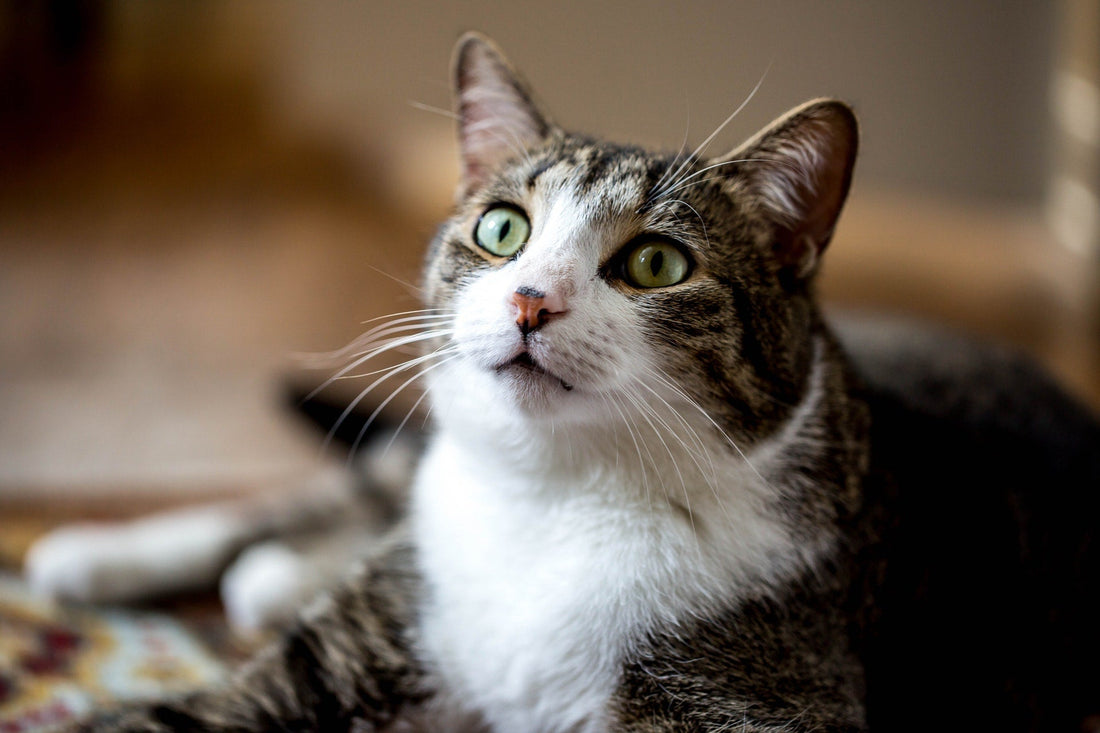Diabetes in cats is caused when their body can't effectively process glucose due to the pancreas not producing enough insulin, or when their body is unable to respond to the insulin properly. Either condition will result in the build-up of sugars in the blood, and when the glucose levels become excessive, sugar enters the urine. High blood sugar and loss of sugar through the urine can become fatal. All cats are prone to diabetes regardless of age, sex and breed, however, older cats are more susceptible to developing the disease. Your cats will have a higher chance of developing diabetes if they are overweight or obese.
The following symptoms may give an early indication that your cats have diabetes:
- Excessive thirst
- Increased urination
- Excessive hunger whilst losing weight
- Lethargy
- Poor coat condition
Whilst there is no specific cure for diabetes, it can be easily managed with insulin injections, losing weight, increased exercise, and sticking to a healthy, low-carb diet. Some pills are also available to help regulate blood sugar levels, but consult your vet for the best options to meet your cats' needs and to adjust to their changing health over time. With proper management, your cats can still live active, healthy lives.
Insulin injections
Daily insulin injections are usually required to restore your cats' insulin level and control blood glucose levels. With help from your vet, you can quickly learn how to handle the dosing routine with little stress for you or your cats. Their weight is generally stable and they are less likely to develop complications. With proper care, it is also possible to reduce or eliminate insulin treatment.
Exercise
Exercise will help keep your cats' weight down and reduce their stress levels, so ensure you play with them every day. Because overweight cats are much more at risk, it's important that overweight diabetic cats get to an ideal body weight. Your vet can help you determine the ideal weight for your cats and develop a plan for reaching it. Feeding your cats a healthy, balanced diet and cutting back on treats can drastically cut their chances of developing the disease. Make sure you provide plenty of exercise and physical activity for your cats with spaces for climbing, jumping, and scratching. Incorporate playtime into the daily routine so you can interact with your cats with pouncing, stalking, and other games to keep them active and nimble. If your cats suddenly expend more energy than normal, they will burn up more glucose, resulting in an extremely low blood sugar level.
Diet
Diet plays a vital role in helping to keep your cats' diabetes regulated. Your vet can recommend a diet that is best for the needs of your cats. High-protein, low-carbohydrate foods are an essential part of any diabetic diet. Consistent timing and size of meals are also very important. It is advisable to give your cats tinned food which is high in protein rather than dried food which is high in carbohydrates. This typically means limiting dry food and offering more canned food instead, but check ingredient labels on different food brands to make the best choices. If you do offer your cats treats, reduce their meal size accordingly to control their overall calorie intake, and weigh them regularly to adjust their diet if needed.
Checkups
Regular veterinary checkups can also play a key role in ensuring your cats are the right weight and size for their breed to avoid further issues. This is the best way to keep your cats' diabetes stabilized. It can also prevent possible complications and side effects from happening.
Last but not least, diabetes in cats cannot always be prevented, but as your cats age, monitor their weight, eating and drinking habits, and urination as best as you can and take your cats for regular annual check-ups, or every 6 months with older cats, to include urine and blood analysis. This way any early signs of diabetes, or any other illness, can be detected early. The earlier the disease may be caught, the easier it will be to adjust your daily routine and your cats' habits for safe, effective management.
Source: PetMD
Featured image by Scott Duygun

